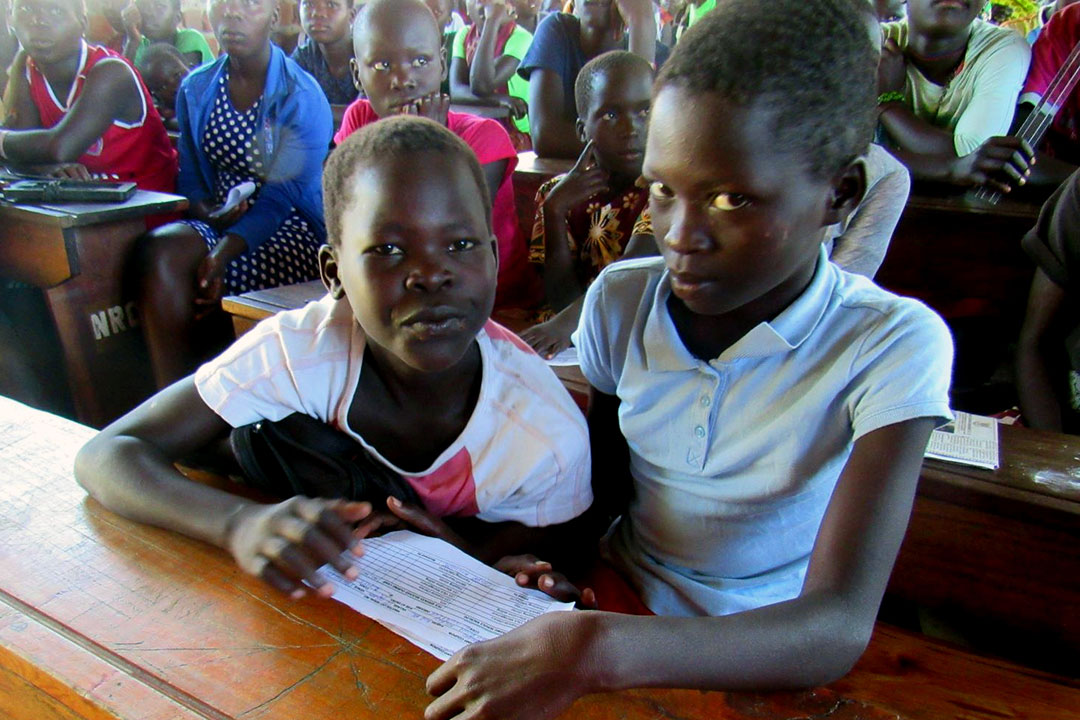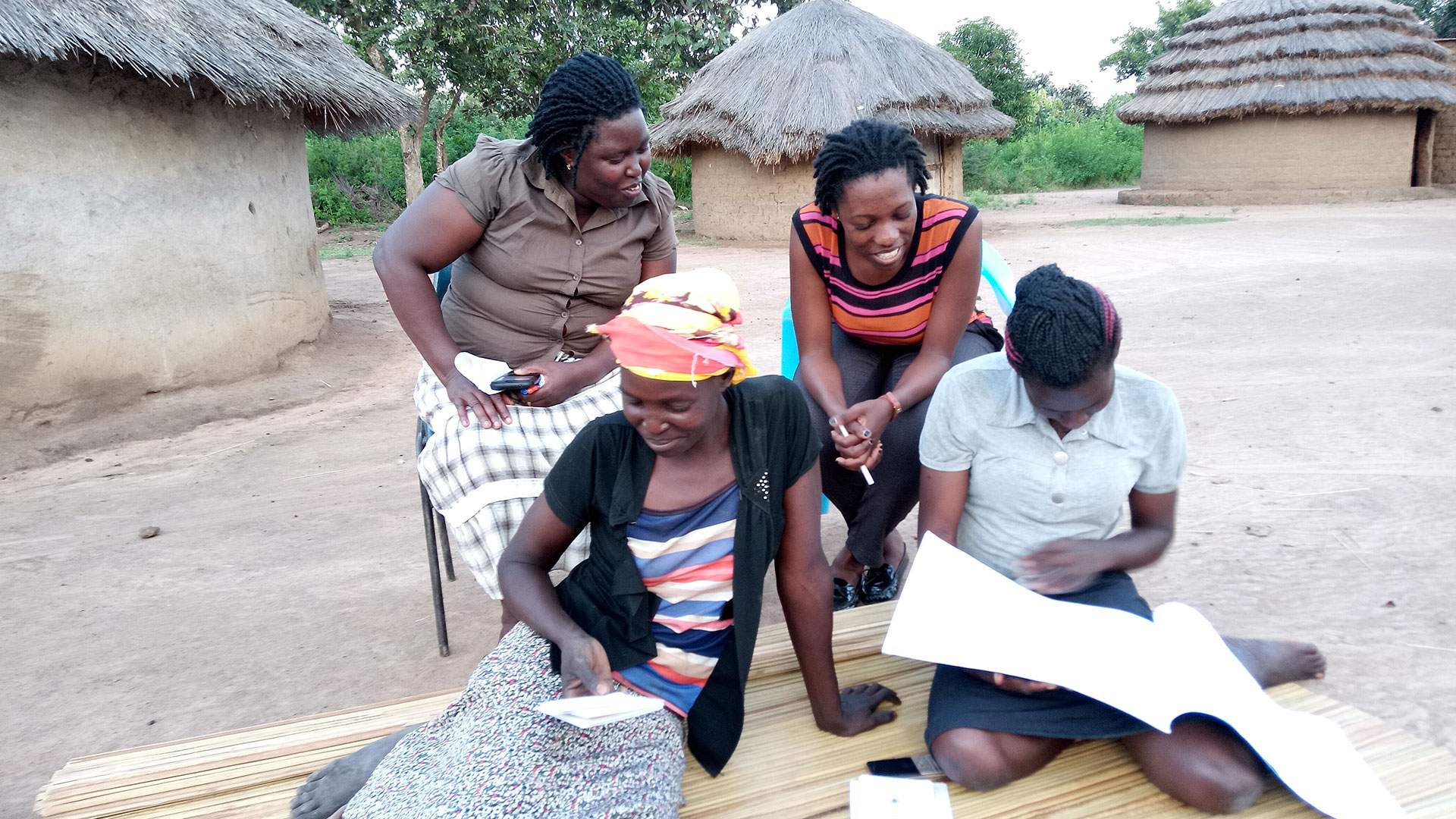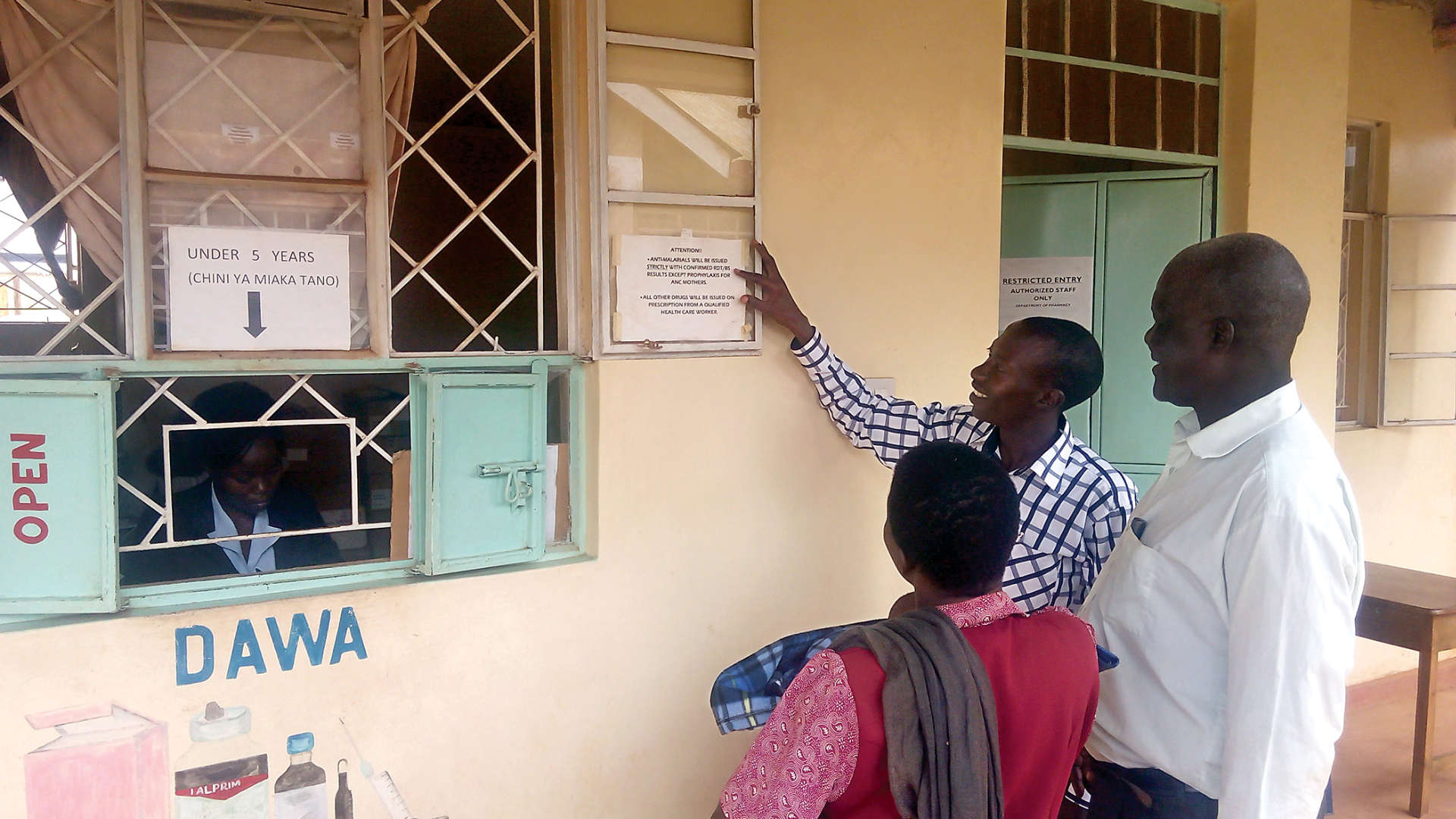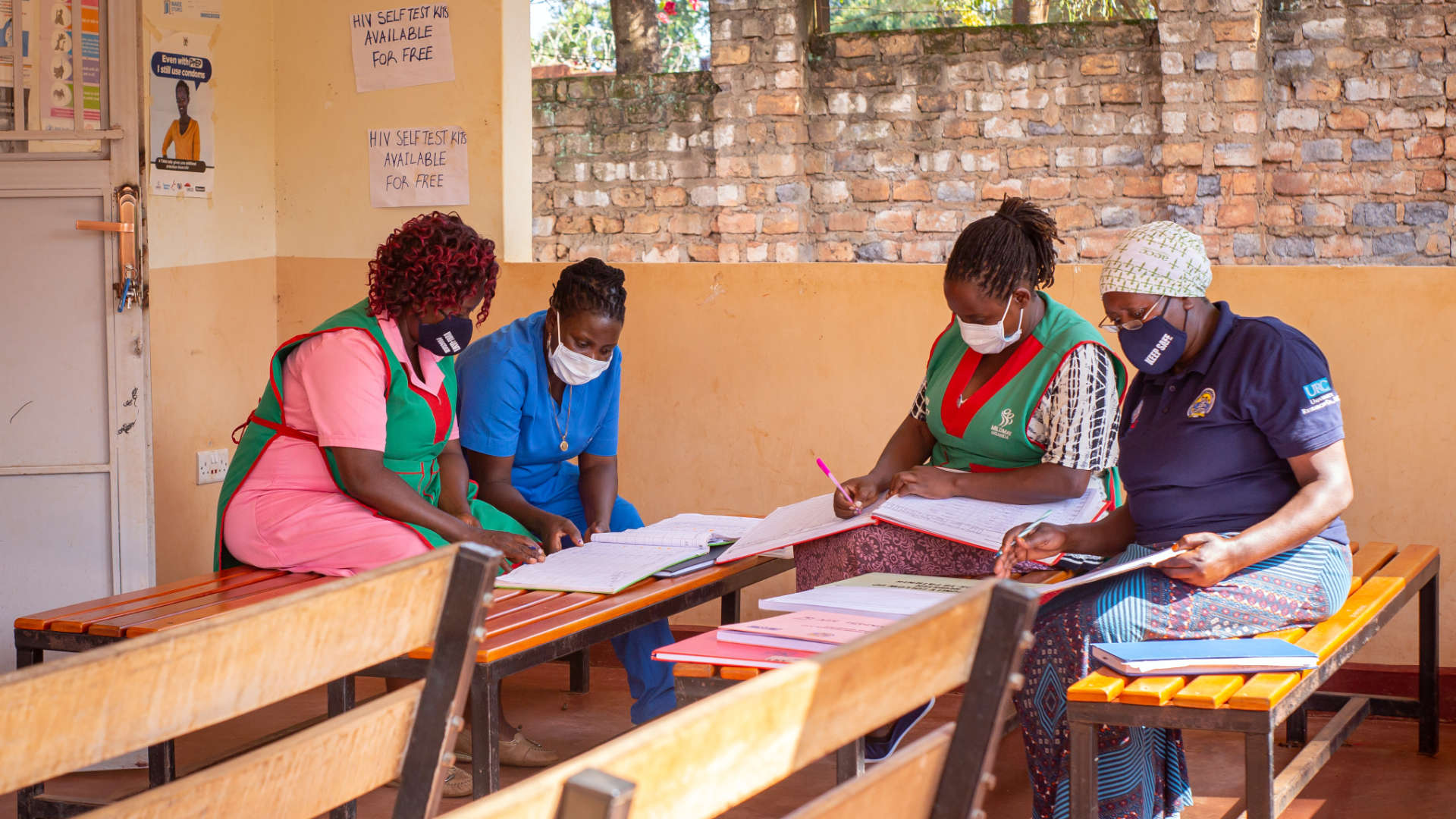To prevent HIV among Adolescent Girls and Young Women (AGYW) at risk in the Acholi sub-region, the USAID Regional Health Integration to Enhance Services (RHITES-N. Acholi) Activity is implementing the Determined Resilient Empowered AIDS-Free Mentored and Safe (DREAMS) partnership in three districts of Gulu, Omoro, and Agago.
DREAMS is an ambitious public-private partnership to reduce rates of HIV among AGYW in the most HIV-burdened countries. DREAMS recognizes that the vulnerability of AGYW stems from the community, where a young woman is influenced to become what society dictates for her. DREAMS works to empower not only AGYW, but also those that influence her – her parents, caregivers, and male sexual partners.
As of April 2019, RHITES-N. Acholi and other USAID DREAMS implementing partners (IPs) in the Acholi region had cumulatively enrolled thousands of girls between the ages of 10 and 24. However, no more than one-third of any age group – and just two percent of 10 to 14-year-old girls – had received the full primary package of DREAMS services, which includes HIV risk assessment, school- or community-based HIV and violence prevention, condom distribution, and training in parenting (depending on the age group). This was due to a high turnover of IPs in the region and some IPs not carrying out DREAMS.
Coordinating Efforts to Help Girls and Young Women
To improve the completion rates, RHITES-N. Acholi convened a joint meeting with other IPs in the region, including the USAID Better Outcomes for Children and Youth (BOCY) Project and USAID Literacy and Retention Activity (LARA). The three partners reviewed data in the sub-counties to identify service gaps and close them using the boot camp approach that was implemented over a three-week period.
After parishes with girls who had not received all services were identified, the team liaised with facilitators to mobilize, create safe spaces and request permission from schools because most of the 10- to 14-year-olds were attending school.
The IPs created standard operating procedures for the boot-camps, which ensured data for all provided services was documented and entered in the DREAMS database. This also ensured that the flow of AGYWs was well managed to reduce waiting time and improve efficiency.
In preparation for the camp, the partners analyzed data to determine which AGYW required services to complete a primary package. These AGYW were then assigned to the nearest designated boot camp venue. “Headteachers were informed about the mobilization of the girls and what was supposed to happen,” said Nathan Lubowa, RHITES-N. Acholi M&E Advisor.
By the end of the three-week work plan, the IPs had reduced by more than half most service gaps for AGYW. For example, 5,694 AGYW needed parenting support before the camps, but that decreased to just under 2,291. HIV testing service gaps decreased from 3,693 AGYW to 1,254.
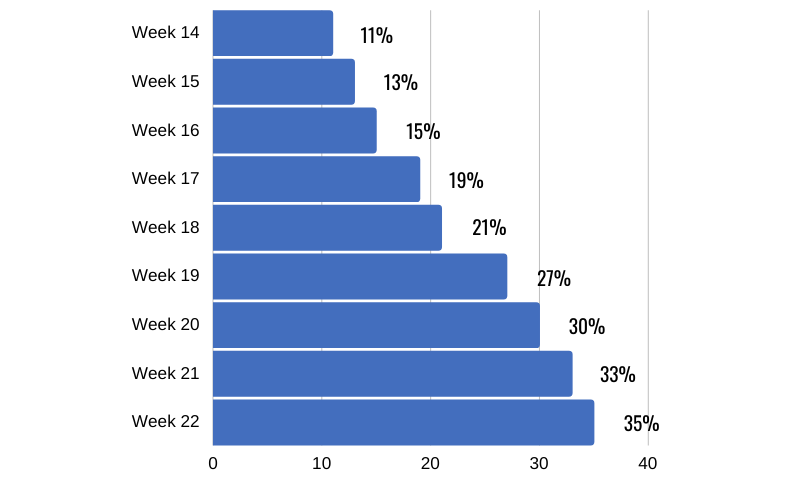
The coordination improved all IPs efficiency as the girls received services in one location. When the boot camps were completed, more girls demanded DREAMS services. To sustain the gains, the IPs developed a post-DREAMS boot camp plan to offer girls that were not reached during the surge ongoing service layering.
Overall, by week 22 after the boot camp, 35 percent of AGYW received the package, up from 11 percent. Among 10- to 14-year-old girls, 25 percent received full services by week 22, up from two percent.
